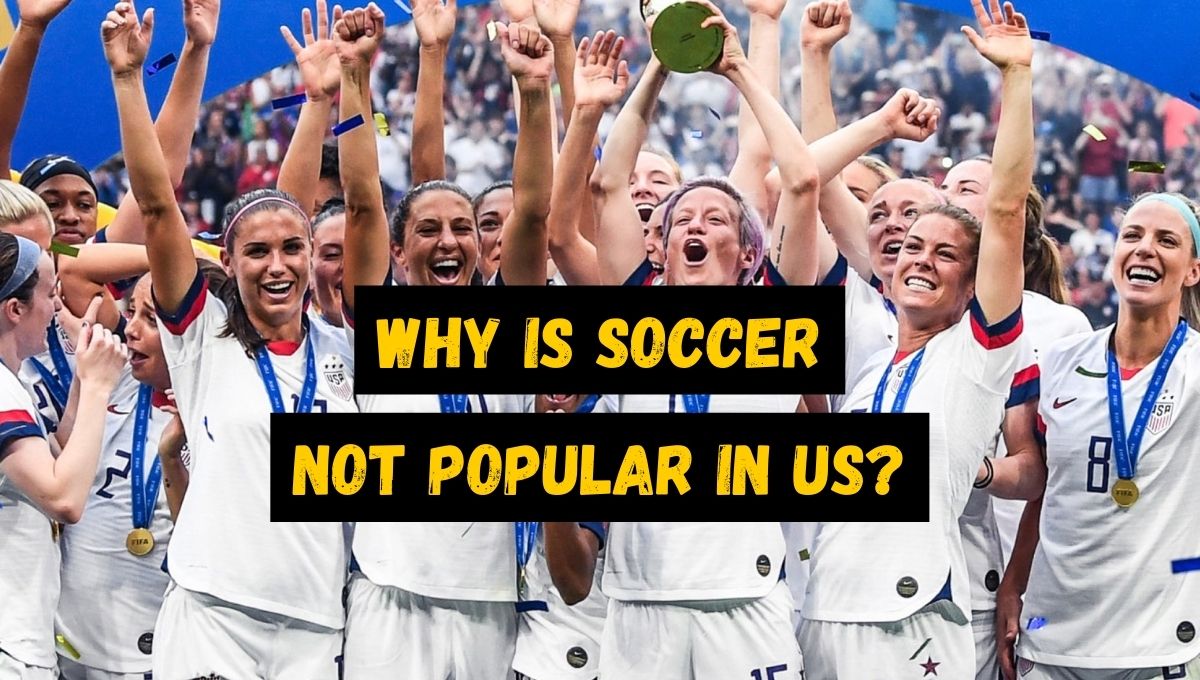Soccer may be the world’s most popular sport, but in the United States, it’s still finding its place. While the game continues to grow in popularity, especially among younger generations, it hasn’t quite reached the same level of cultural significance as American football, basketball, or baseball.
So why hasn’t soccer caught on in the U.S. the way it has elsewhere? Let’s take a closer look at the reasons behind soccer’s uphill battle for the American spotlight.
🏈 All-American Sports Dominate
In the U.S., we’re head over heels for football, basketball, and baseball. These are our hometown heroes—sports we’ve grown up with, tailgated for, and screamed ourselves hoarse over.
So when soccer shows up, it’s like the new kid trying to find a seat at a lunch table already packed with familiar faces.
It’s not that we dislike soccer—we just already have a pretty full dance card.
🌍 International Struggles Hurt the Hype
Success on the world stage matters. Think about the Olympics or the World Cup—when American teams win, everyone tunes in.
But let’s be honest: our men’s national soccer team hasn’t exactly dominated the global scene. Those high-stakes wins that create household names? They’ve been rare.
Without those “wow” moments, soccer struggles to steal the spotlight from the big dogs.
💪 Taking on Sports Titans
Here in the States, soccer is up against some serious competition. The NFL, NBA, and MLB are media giants with decades of history, die-hard fans, and prime-time slots.
It’s like trying to perform your garage band set right after Beyoncé just left the stage.
Soccer has had to claw its way in, and that’s no easy feat.
💸 The Pay-to-Play Problem
One major hurdle? The cost.
In places like Europe and South America, kids join local clubs for little or nothing. It’s accessible.
In the U.S., youth soccer often means expensive club fees, travel costs, and a whole lot of gear. That’s a steep barrier for a sport that thrives on mass participation.
💤 Low Scores, Low Appeal?
Let’s face it—some Americans want more action, more points. They love the constant scoring of basketball or the dramatic touchdowns in football.
In soccer? You might wait 90 minutes for a single goal. For some, that’s like watching a movie where the ending never comes.
Of course, purists argue it’s all about the build-up, but it’s a tougher sell to thrill-seekers.
📆 Seasonal Overlap = Scheduling Woes
Another issue? The soccer calendar often overlaps with major U.S. sports seasons.
MLS matches, for example, go head-to-head with baseball playoffs and the start of football season. That makes it even harder for soccer to grab attention.
📺 Media Coverage Left It Behind
For years, soccer didn’t get the TV time other sports did. No highlights on the evening news, no prime-time games, no ESPN hype.
That’s changing now, with more networks broadcasting matches and big-name stars joining American teams. But for a long time, soccer was like the quiet kid in class—always there, but never called on.
⚽ So Where Does That Leave Us?
Soccer in the U.S. is growing, no doubt about it. Youth participation is up, MLS is expanding, and international stars are making headlines on American soil.
It might not be as American as apple pie yet, but give it time.
With the 2026 World Cup coming to the U.S., Canada, and Mexico, who knows? Soccer might just be gearing up for its biggest moment on American turf.
